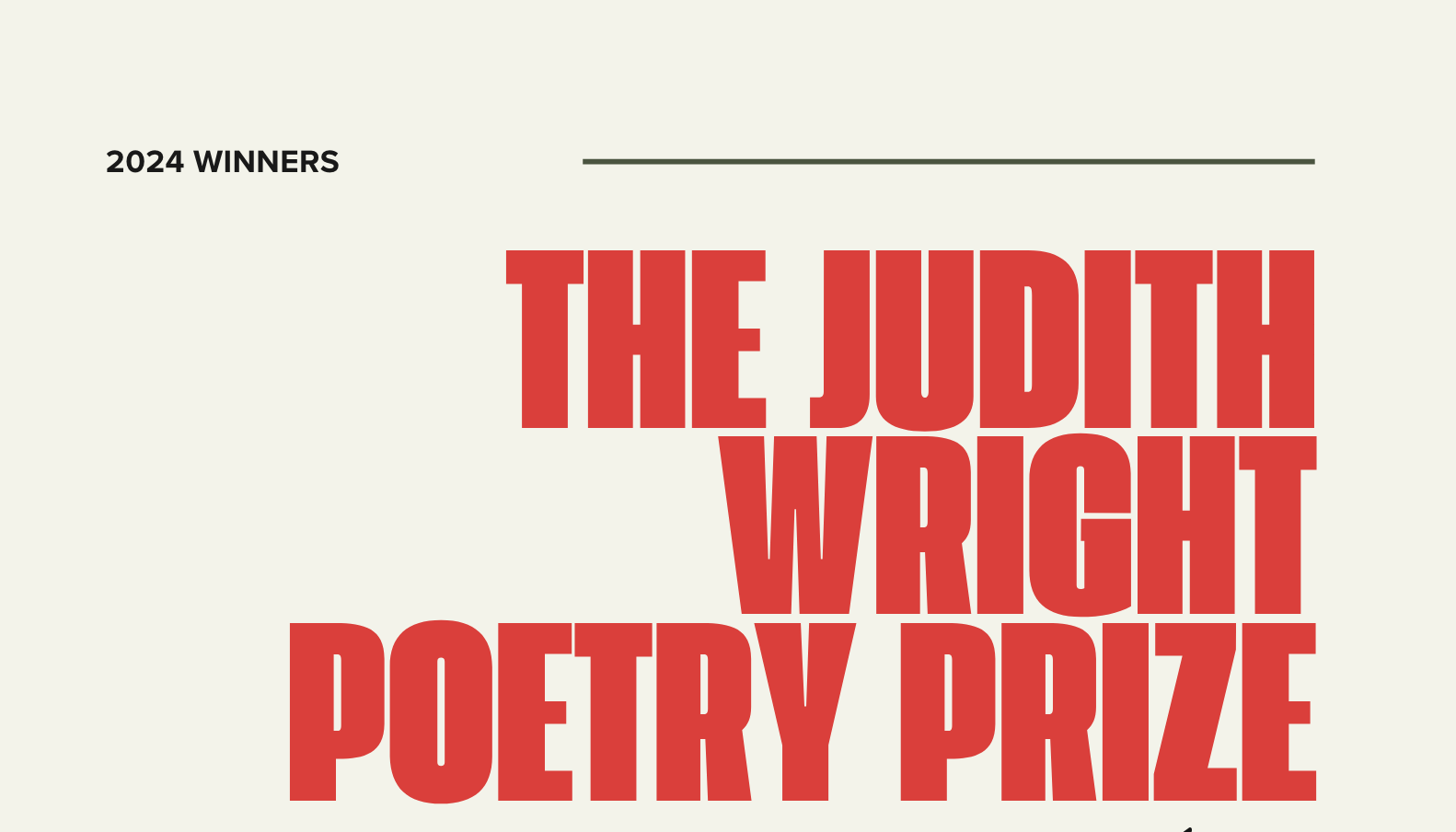Amid the repercussions of decades of ecological disaster invented or intensified by capitalist development and a historical rift between red and green movements in the West, Marxist ecology, emerging in the late nineties and early 2000s, recuperates Marx’s writing into ecological materialism, which can inform otherwise typically apolitical or liberal solutions to our concurrent climate catastrophes. It is from this standpoint that a Marxist intervention into ecopoetics can be articulated. And because these days it feels impossible to articulate any sort of poetics that deals with crisis or our material conditions without the inevitable question, ‘What is at stake?’, I put forth at the outset that among those fighting for climate justice, strategy and politics are diverse and sometimes contradictory. Specific action, especially informed by community and locale, emerges out of different motivations. Poetry becomes one of the few forms that allows a generative question about stakes, while aesthetically and materially excavating the language of our current situation(s)—it works alongside action not instead of, and supplements political thinking. This is especially true and urgent when understood through a Marxist lens.
Marxist ecopoetics allows us to consider contemporary western poetry that registers the social and economic relations which comprise and characterise our current moment under capitalism. It illuminates poetry that is cognisant of labour and capitalist accumulation, crystallised in local specifics, such as, for example, West Virginia and Chinese coal mining industries. The two main components to a Marxist ecopoetics are this: first, we read such poetry in its thematic concerns and subject matter. In this reading, then, ecopoetry is understood as poetry that describes natural landscapes and environments on various levels of scale, sometimes, too, its interaction with human life. It might lament environmental destruction too. It is poetry as a form of witness and account. The second component, the specifically Marxist ecopoetic reading of poetry, requires theorising aesthetic and formal qualities that interact with the subject matter. The question becomes: how might we characterise the aesthetic qualities of a politically attuned ecopoetics?
A Marxist ecopoetics framework allows a generative and politically useful reading of Mark Nowak’s Coal Mountain Elementary as a work that registers the relationship between capitalism and ecological disaster. For Nowak, this is immediately clear in the subject matter of the work, which points the reader’s gaze towards the lives of workers and communities that form part of the mining industry. Further, by drawing on materials of both American and Chinese origin, Nowak highlights the international nature of capitalist production and its geopolitical scope. Finally but just as crucially, the emphasis on coal mining fully realises the role of specifically extractive capitalist production in labour with regard to natural resources, as well as the misery inherent in labour that is required for capitalism to function. In this case especially it is a misery contained also in the forced destructive relationship to the earth in pursuit of a site upon which, through labour, value is extracted.
Coal Mountain Elementary (2009) is a work of assemblage bringing together texts and photography. The materials are contained in a framework reminiscent of a school lesson plan—chapters are called First Lesson, Second Lesson, Third Lesson. Nowak bases this structure on the American Coal Foundation’s Lesson Plans, coal-related educational activities and materials created for school classrooms and published online, and cites from them directly: ‘The ACF does not engage in lobbying.’ He presents and arranges the source material without explicit , revealing structural underpinnings and relations beneath the surface. The first lesson is called ‘Coal Flowers: A Historic Craft’ where ‘students observe the process of crystallisation in the making of coal flowers, a historic craft among coal mining families.’
The text comprising the chapters alternates between direct quotes from different sources. These are always placed on opposite pages regardless of the length of the passage, and never from the same source category twice in a row. These sources alternate between passages of news articles specifically about Chinese mining disasters that took place between 16 February 2005 and 21 August 2007, and excerpts of testimony transcripts from the West Virginia Office of Miners Health and Safety between January and June 2006, in the aftermath of the Sago Mine Disaster on 2 January that year, which trapped thirteen miners for two days, twelve of whom died. Occasionally these texts are further broken up by other assembled materials: short excerpts from the children’s school activities, and photographs of miners in China by Ian Teh, or of coal mines and surrounding lands in West Virginia, by Mark Nowak. Nowak’s selection and arrangement of the materials that form this book, in their use of white space especially, allow the stories and materials to breathe on their own, while maintaining a non-hierarchical sense of importance. (There is no linear narrative.)
The accounts from newspapers, while not directly in the voice of the miners or their families, include quoted material as told to reporters. Nowak plays with selection and quotation, and sometimes the voices in the news articles are given a more prominent role. On one page that sits opposite a photograph, it reads: ‘“If this kind of situation continues, sad stories will increase,” said a local taxi driver. “The sad news not only haunts the city today, what has happened will continue to haunt us for years to come.”’ This takes up only three lines, while the rest remains blank. The page invites resonance and space. Compare this to the voice that emerges in the testimony from the Sago Mine Disaster:
So we got halfway down there, and Jim—I hear Jim yelling ,they’re here, they’re over here. Get over here, I found them. So I take off on a dead run heading that way. And went on in there, through a curtain there just hanging there and went on in and there they all were, all—all—Jim’s working on McCloy, because he’s alive, you know, he’s—and I go directly to the opposite side of him and start checking for a pulse and—you know, any breathing on the guys on the right-hand rib … His breathing was real low. But he was making a noise while he was breathing. And that’s the noise we heard. You know, we heard a noise, and that’s what it was.
This passage, from the second lesson, sits on the recto, opposite an extract from the schoolbook procedure that begins: ‘After everyone is finished mining, have students restore their property to its original condition,’ and continues down the page, arranged in a skinny stanza of two to three words per line. The positioning of this means that the removed and impersonal instructions of the mining education activity directly precede, perhaps even introduce, the first-person account of a rescue mission to the trapped miners in Sago. Again, Nowak’s own voice is silent, but he has made a series of aesthetic decisions and arrangements that create a sense of the sombre, heartless, sometimes absurd world of coal mining. That is, there is an aesthetic judgement informed by a social and Marxist exploration of coal mining disasters.
The formal and aesthetic mode Nowak employs here is a combination of multi-voice methodologies and documentary poetics. Through this combination, his poetry registers not only the relations of capitalist labour I mentioned at the beginning, but also the specific ways they play out in the lives of real workers. Stephen Muecke writes that coal’s composition as a commodity ‘is [partly] a narrative about industrialised modernity’, describing the tens of thousands of tons transported across the sea, ‘subsidised by the British government’. This is indicative of a tendency in such political ecology to focus on commodity circulation or production. But in Coal Mountain Elementary we are forced to look beyond the commodity itself, and through the machinations of the companies that administer them, to the real site of value production: the workers. They are the coal mine disaster victims and their families in the US and China. They are also schoolchildren, present not in the text but as the implied ambient reader/addressee. This multi-authored, documentary poetry that abandons the lyric ‘I’ for the collective polyphonic workers’ ‘we’, precedes a recent book of essays by Nowak, and his project in the founding of the Worker Writers School in 2011 in New York, three years after the Occupy movement. The school runs workshops for workers, students and prisoners around the globe, teaching poetry techniques and practice, and usually culminating in a publication or public display, such as the recently displayed Coronavirus Haiku.
These workshops are not descended from the typical liberal, individual-focused MFA workshop model common in the US. Rather, as Margaret Ronda has noted, Nowak ‘prioritises forms of study and aesthetics that are contextually embedded and horizontalised, defining poetry as a socially useful and inclusive endeavour rather than a creatively autonomous and specialised activity.’ For Nowak, the aesthetic and the practice, or community-based, social mode of poetry are enmeshed. In his book of essays, Social Poetics, which demonstrates the rich history of the social poetics project and the leftist, often Black, tradition it emerges from, Nowak places the Worker Writers School in the genealogy of Ngũgĩ wa Thiong’o, Amiri Baraka, Langston Hughes and June Jordan, among many others, whose community-run grassroots poetry workshops helped create a body of work by working-class poets.
Mark Nowak calls Social Poetics a ‘shorthand for a new formation within both literary practice and socialist political practice’, Nowak notes that Hughes’s involvement in the Communist Party of the United States and his encounters with socialist and communist organisations in Russia, Uzbekistan and Turkmenistan, can tell us something important about how a political poetry practice is formed in the left tradition.
While here we are focusing on the poetic techniques Nowak uses in Coal Mountain Elementary, when reading it as part of Nowak’s oeuvre, including his later projects and poetic curating, it becomes clear that over this course he has further retreated as an authorial presence, no longer curating and assembling in the same manner as earlier books but now as a facilitator or collector of worker poets. And within his works more broadly, some common themes emerge, all of which lead us towards the Marxist ecopoetics framework.
One of these is the concept of the working-class chronicler: ‘creating new spaces and new organisations for new chroniclers and new narrators is one of the fundamental objectives of social poetics.’ How is this different from the liberal progressive tendency towards representation? One response is that there is an explicit class-based socialist politics underpinning this idea of chronicling. The distinction we see made by Ngugi and Baraka was that each of them found their work much more enthusiastically received when they were speaking out against racism, but once they spoke out against capitalism and imperialism, they were either ignored, chastised or imprisoned. This practice rooted in class politics can also be seen the writers’ workshops that are run in prisons or open to working-class people, nurses, bus drivers, students—open to anyone. And this practice embodies a rebuttal against and necessary alternative to the liberal lyric ‘I’ by placing the emphasis on the communal political power of poetry.
So then, how does social poetics speak to aesthetics? (We are interested in poetry, and so aesthetics must always be accounted for.) For Nowak, ‘Social poetics must activate more than a collection of metaphors of militancy, refrains of rebellion, and rhymes of resistance in poems of the current neoliberal era. Social poetics seeks the transition of the pen or the laptop from the ‘committed’ author (be they journalist, academic poet, novelist, playwright, or other writing professional) to working people themselves in a new conjunction of aesthetic practice and political action.’
It is ‘a space and practice of political and cultural as well as aesthetic action’. This is the crux of the Marxist poetics mode. To reside entirely within aesthetics is politically useless, but poetry with a political message that does not take up the aesthetic challenge of the form lends itself better to sloganeering than art.
Nowak’s Marxist ecopoetics is a mode that is social, and one that encapsulates the production of poetry as well as its aesthetic qualities. This reading is crucial to a conception of poetics concerned with the political struggles in our moment, particularly the inseparability of workers’ struggles and ecological crises that are occurring now and loom ahead. Marxist ecopoetics demands that we understand poetry as a site at which the relations between capitalism, labour and ecology can be comprehended in a specific and expansive way.
Read the rest of Overland 246
If you enjoyed this piece, buy the issue




